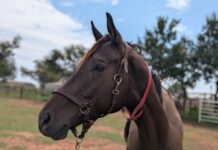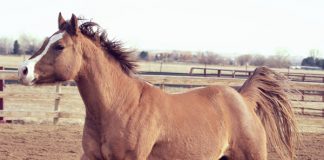Imagine finding yourself in a situation, through no fault of your own, where you must choose between caring for yourself and your family or caring for your horses. Unfortunately for some, this scenario is a frightening reality with an outcome that could potentially go in several different directions. It is at this point that the ASPCA Equine Transition and Adoption Center stands ready to help and ensure the best outcome for horses in need.
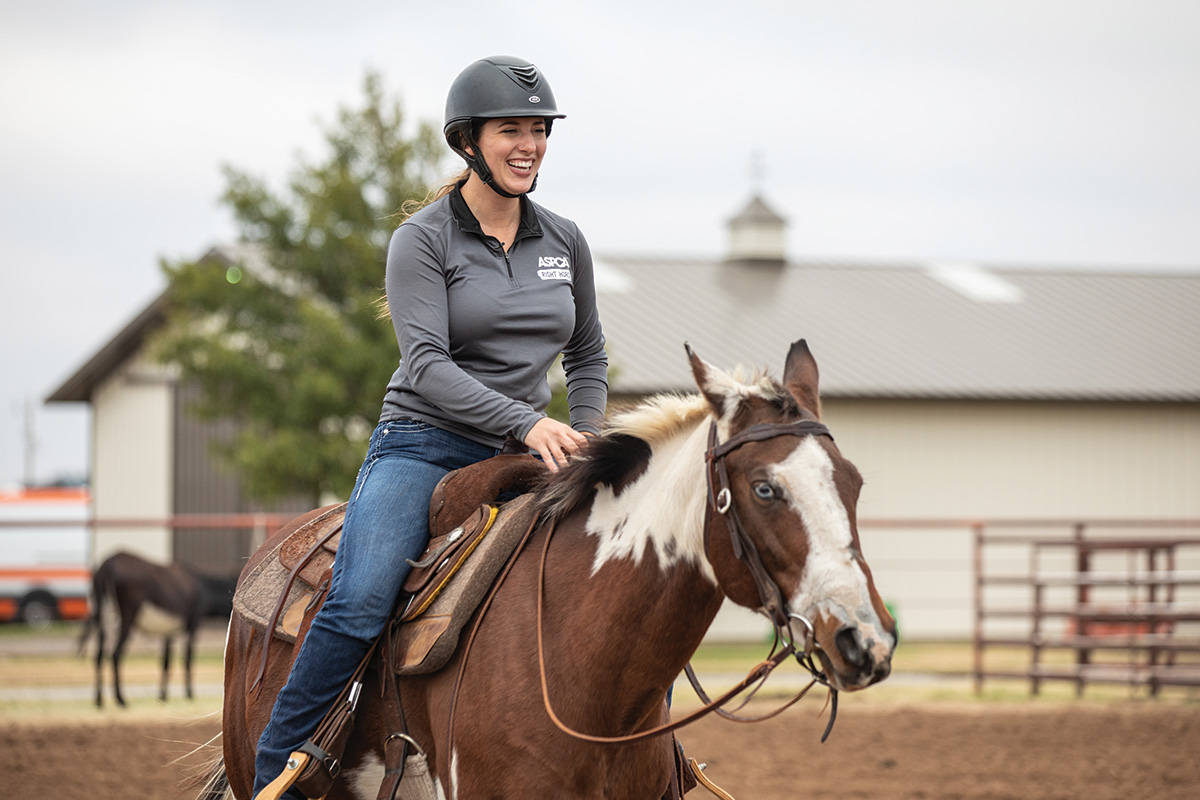
Identifying a Need
Taking information gained from their work with dogs and cats, the ASPCA began testing how they could help horses with some fully subsidized veterinary or other care if it would help owners keep their horses long-term.
“We did our first pop-up pilot program in the Dallas/Fort Worth [Texas] area in 2018,” says Persechino. “We were there from about July through December.”
Texas Results
During those six months, the program helped about 60 horses. Relinquished horses were taken in and immediately moved to an Adoption Partner of the ASPCA Right Horse program.
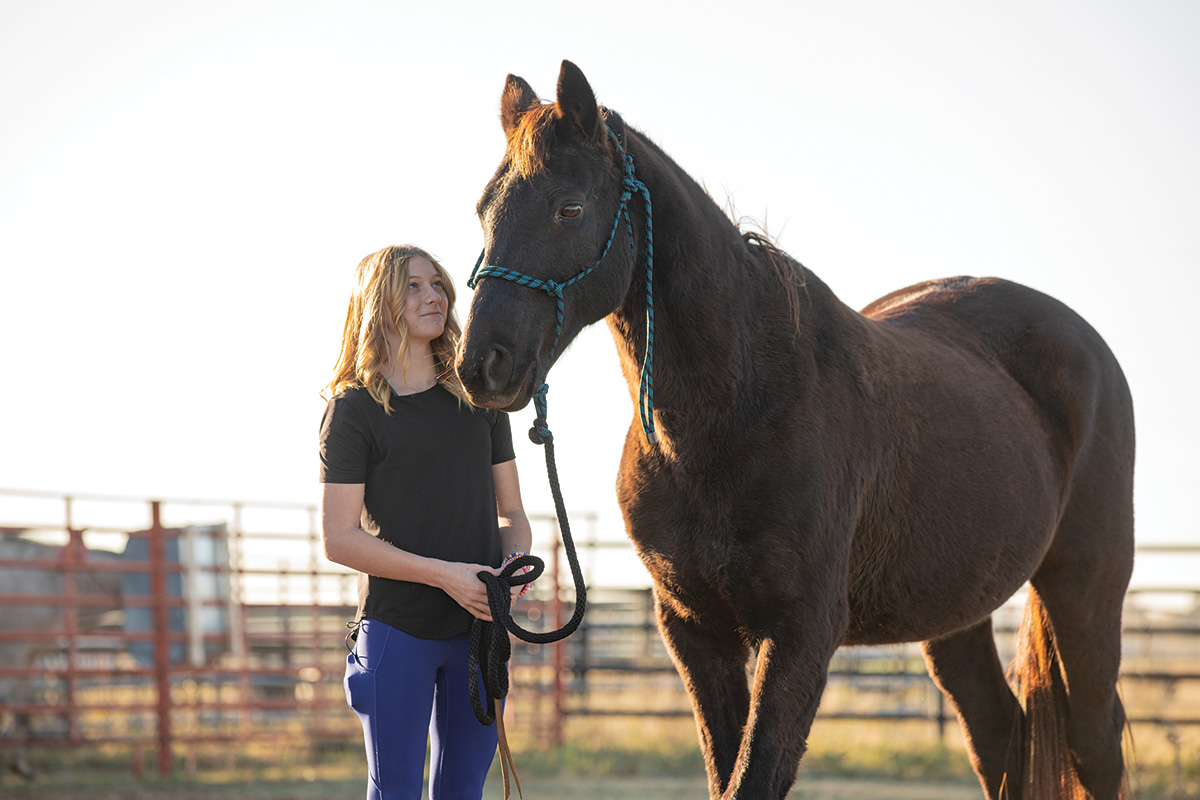
Practical medical care was provided to horses who had sustained an injury, experienced weight loss, or were having lameness issues, just to name a few. In these instances, owners who were experiencing a life event such as a medical crisis or the loss of a job were able to keep their horses long-term.
“If we could just get them past this bump that they were experiencing with their horse, we knew the horse could go home,” says Persechino.
Providing resources that permitted some of the horses to safely go home allowed the organization to keep more funds available for horses that did need to be taken in by an Adoption Partner for eventual placement with a new owner.
Despite multiple happy endings, in that first pop-up program, a small percentage of the horses were in rough enough shape that euthanasia was the best, most humane outcome for them. Persechino says that the organization learned a lot from the initial pilot of the program.
Oklahoma Program
Given their success, the organization decided to validate or invalidate the program by testing it out in a different market. They looked at several different options as they decided where to go next. As a very horse-centric area, Oklahoma City got the nod.
“Transport was a big part of what we did in the Dallas-Fort Worth area, and Oklahoma City is a crossroads, with interstates and highways that run through it [so] that moving horses would be easy to do,” says Persechino. Offering the same types of services as before, the second pilot program was launched in 2019.
The program continued to offer safety net care, euthanasia, and relinquishment opportunities at no cost to horse owners.
“We also added a component where we kept a subset of these [relinquished] horses ourselves to prepare them for adoption,” Persechino explains.
Organizers realized during the initial three years of the program that some of the horses being relinquished were those that would be considered by rehoming organizations as the most difficult to adopt out.
“They were unhandled or very lightly handled, unsocialized or under-socialized, or they had some type of behavioral issue going on,” Persechino says. “We wanted to keep these horses and start working with them to learn more about the most efficient ways to help them find new homes.”
This decision led the organization to consider what was keeping relinquished horses “stuck” for a long time in adoption facilities across the country while awaiting new homes.
“Our focus expanded and shifted [so that] now we have a training and behavior specialist on staff that works with the horses,” says Persechino. “We [also] have a marketing and adoption coordinator on staff that develops the marketing programs and decides what platforms we’re going to use in addition to MyRightHorse.org, the ASPCA’s online adoption platform for equines.”
These initiatives ensure that these horses get in front of the people who can provide them with their next home. Prior to adoption, the horses receive a thorough veterinary workup to make sure that they are healthy, fit, and ready to go to new homes. This way, when manageable medical conditions or physical limitations exist, adopters understand and are prepared to care for that need.
The organization plans to use the data from this program to help its partners across the country offer similar opportunities. These programs have already been established by the Humane Society of North Texas and additional partner organizations in Florida and Kentucky.
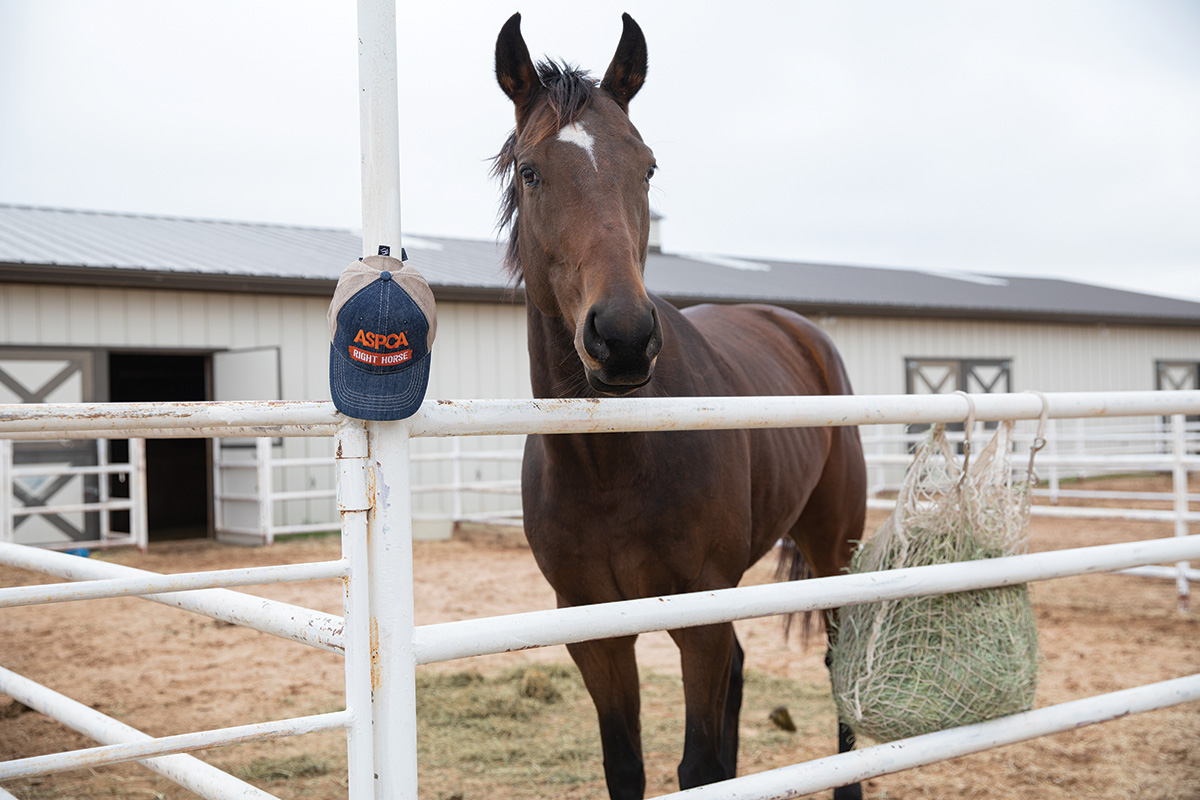
Presently the program leases space, but in addition to helping partner organizations, one long-term goal is to have a permanent ETAC facility.
Success Staying Home
To date, the program that is now available year-round has helped nearly 450 horses in need across the state of Oklahoma, and more than 500 when you include the Texas pilot.
Persechino explains that the program helps owners regardless of whether they own a single horse or many. So far, about 20 percent of the total number helped have been candidates for compassionate euthanasia. Another 30-35 percent meet the criteria for re-homing, but the remaining 50-55 percent of the horses can stay in their current homes—underscoring the need for community support services for owners.
Although it may seem plausible that once an owner receives help, they will continue to seek it or end up relinquishing the horse down the road, the reality is that this occurrence has happened in only about 1 percent of the cases seen over the last five years, proving that one-time assistance can be all that’s needed to help keep the horse in a loving home.
A Helping Hand
For anyone seeking to help this program or any ASPCA Right Horse Adoption Partner, one significant area of need is volunteers. Volunteers can fill a wide array of needs, including assisting the marketing coordinator by grooming horses and preparing them for photographs or by taking the photos yourself.
Other volunteers help with cleaning stalls, feeding, and office work. As an open intake program, horses are never turned away. This means that foster homes are also needed while the adoption process is ongoing.
Finally, the ASPCA is committed to removing distance as a barrier to adoption. Should you have an interest in adopting a horse from ETAC or any other ASPCA Adoption Partner, you can consult MyRightHorse.org to see which horses are available.
This article about ASPCA Equine Transition and Adoption Center appeared in the July 2023 issue of Horse Illustrated magazine. Click here to subscribe!

